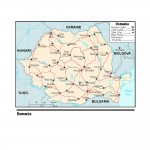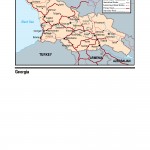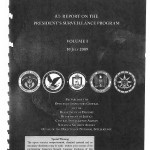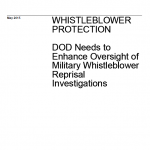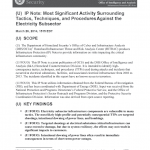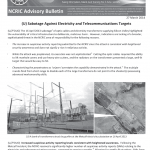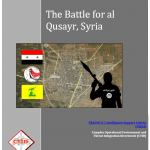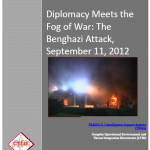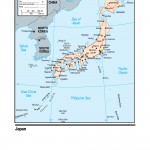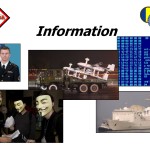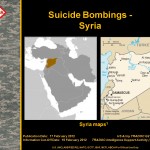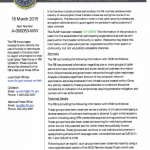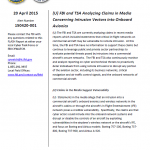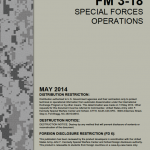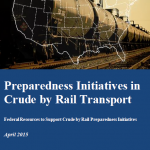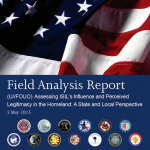
This Field Analysis Report (FAR) is designed to support awareness and inform enforcement and collection operations of federal, state, and local partners involved in homeland security and counterterrorism efforts. Some of the activities described in the FAR may be constitutionally protected activities and should be supported by additional facts to justify increased suspicion. The totality of relevant circumstances should be evaluated when considering any law enforcement response or action. Our assessment of the level of the Islamic State of Iraq and the Levant’s (ISIL) name recognition since its declaration of a caliphate in June 2014 is based on a review of suspicious activity reporting (SAR) across the United States between 1 January and 30 December 2014, criminal complaints of US persons charged with supporting or seeking to support ISIL, Bureau of Prisons (BOP) intelligence reporting, and DHS I&A open source reporting to assess the influence of ISIL’s messaging campaign within the United States and ISIL’s perceived legitimacy among homegrown violent extremists (HVEs).

